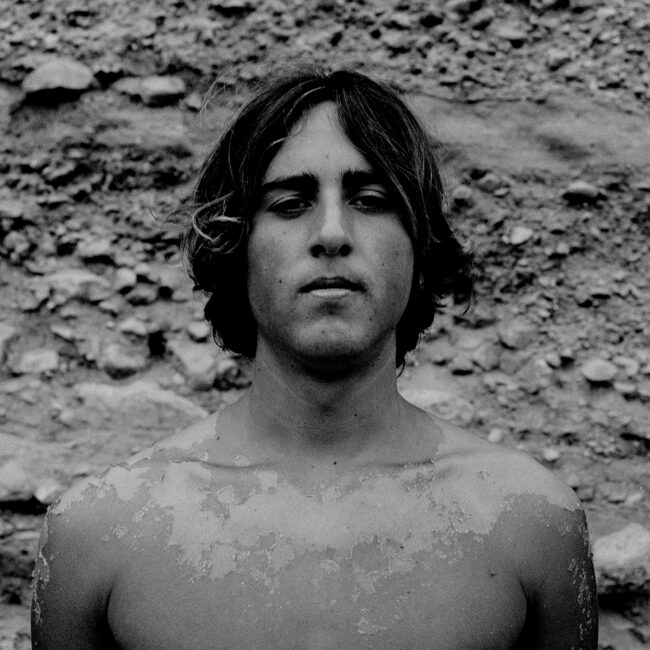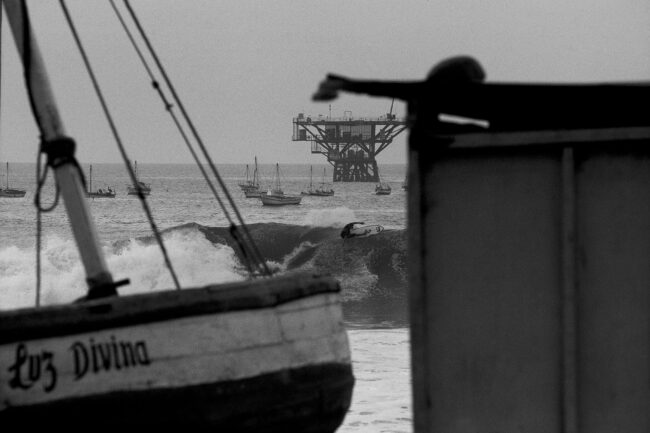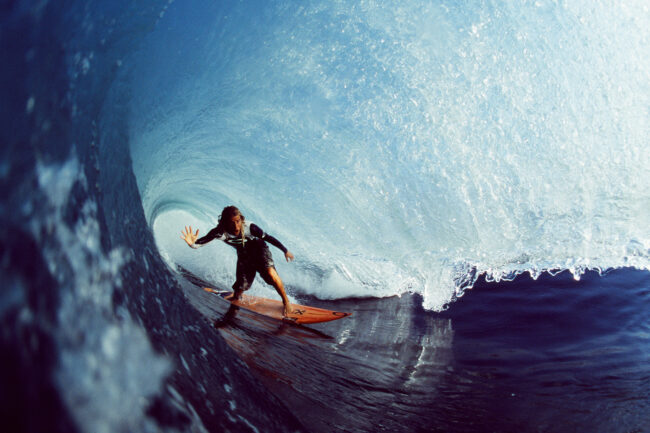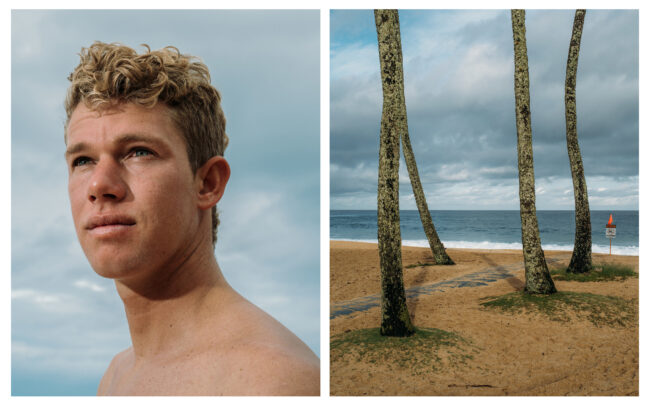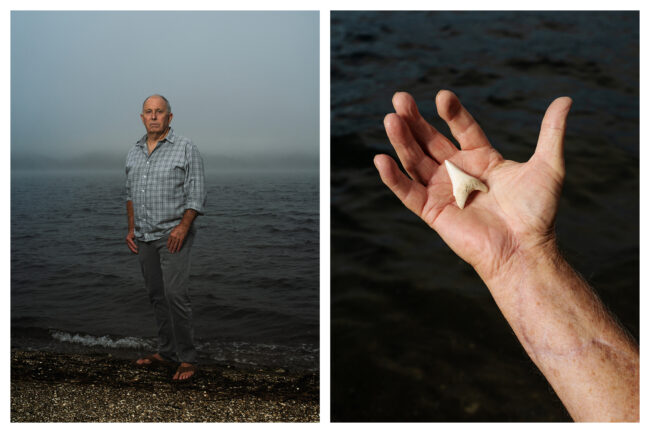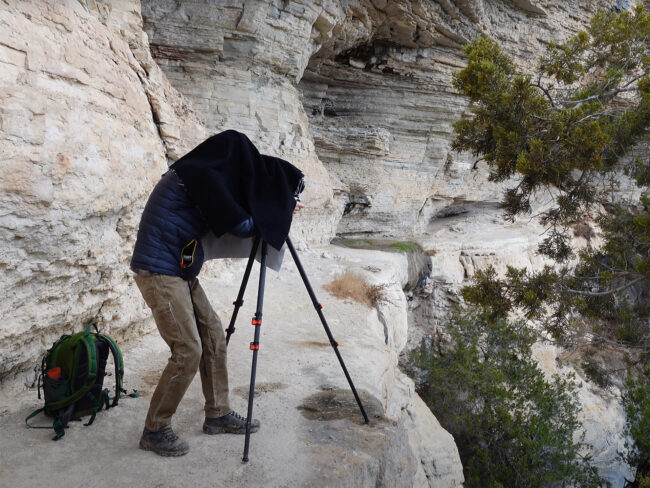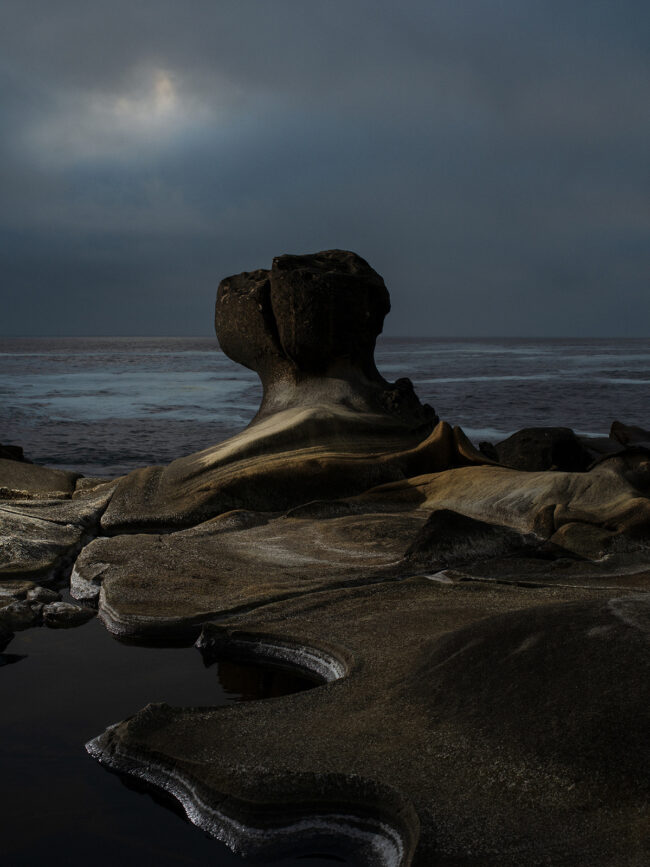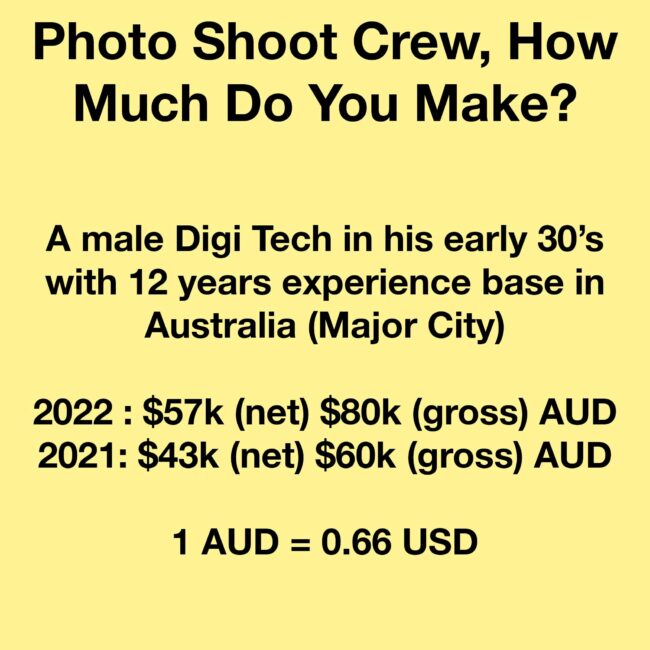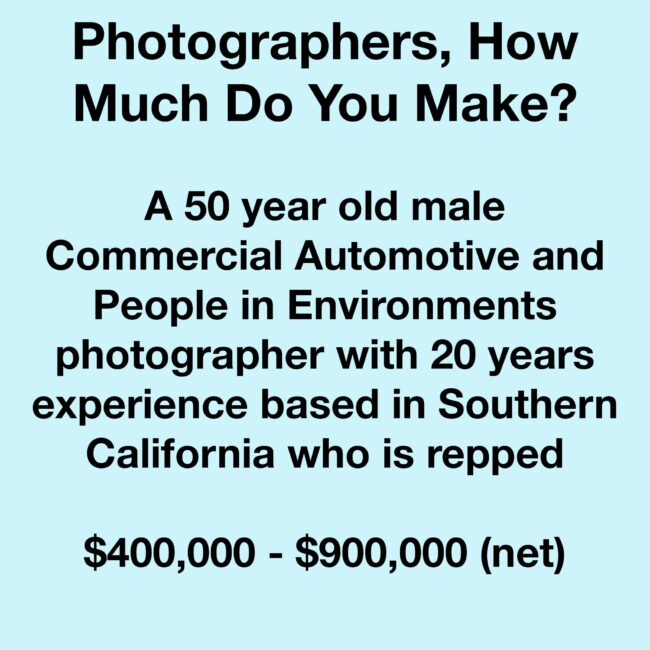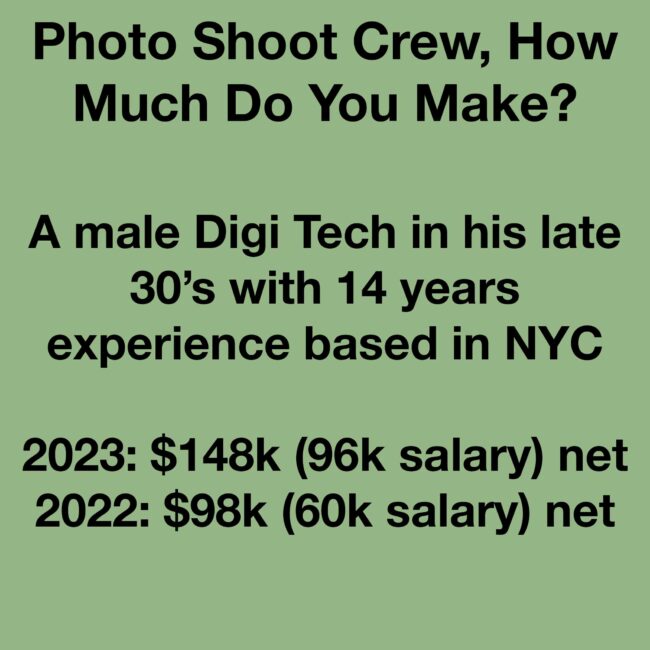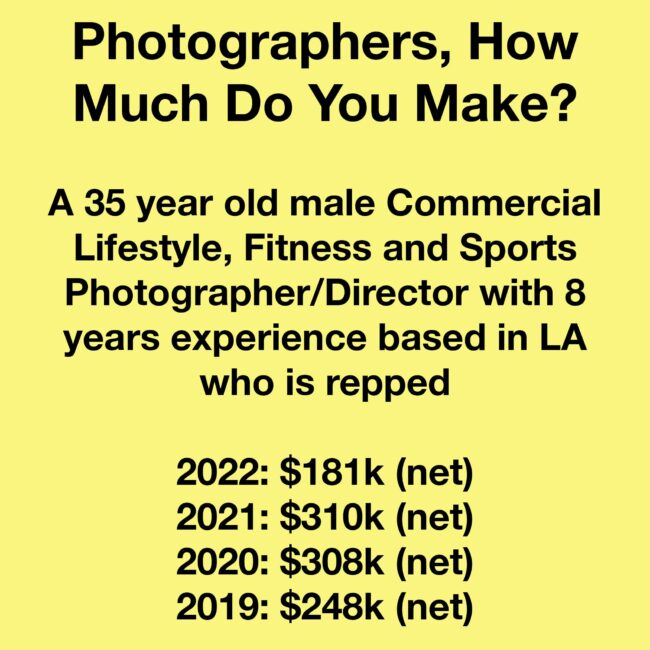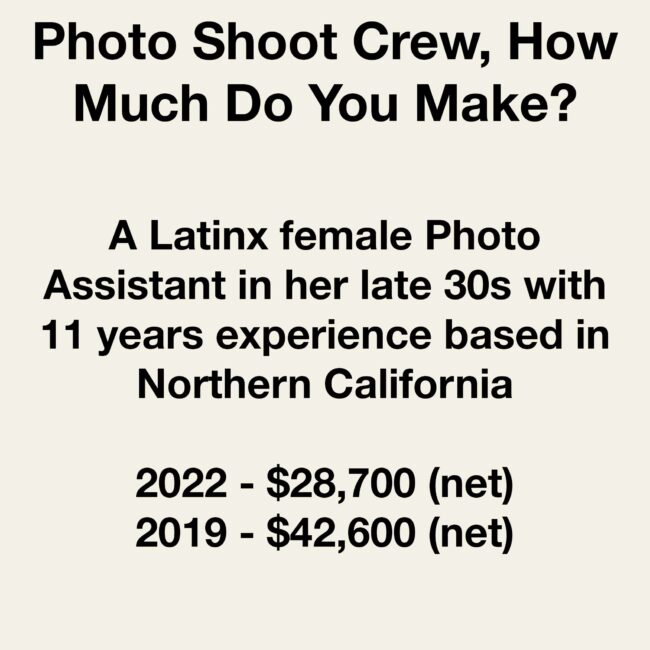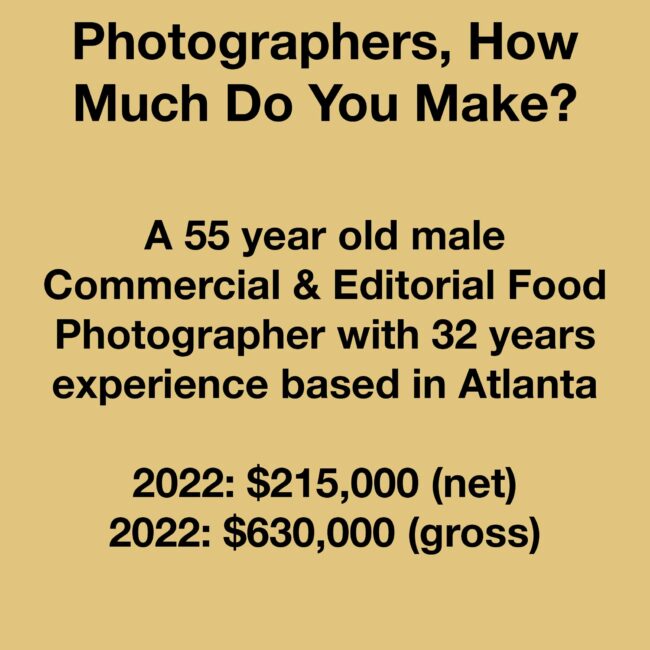By Bryan Sheffield, Wonderful Machine
Each month, we pick one of our recent estimates to write about in a Pricing & Negotiating article. Helping photographers build estimates is one of the primary functions of our producers. Redacting the names of the photographer and client allows us to share valuable and educational information that would otherwise be confidential.
Concept: Images of a Consumer Health brand’s products being used by talent in multiple scenarios
Licensing: Unlimited use of all content captured for 4 years
Photographer/Director: Brand Narrative and Portraiture specialist with a portfolio of similar content
Agency: Medium-sized
Client: Consumer Health Care & Product Manufacturing Client owned by a large global pharmaceutical brand
Summary
I recently helped a photographer/director quote on and negotiate a project for a client seeking brand narrative content of doctors, technicians, and patients using their products.
The agency brief described photo and minor video lifestyle content of talent performing procedures within exam rooms, bathroom and bedroom home locations. The agency initially asked for an estimate including all production needs and 4 unique talent. The final use of the content would be client web and social, as well as consumer and trade publication advertising. The agency requested a 4 year Unlimited use license. They also made it clear multiple times that this was a formality for the brand and that they did not plan to use the images for OOH, Broadcast, nor POP. The agency intended to handle all retouching and video editing and asked us not to include quotes.
We included a Client Provisions section within the Job Description to note who would be handling these items as well as all products to be photographed.
Here is the estimate:
Fees
The client didn’t have a prescribed shot list per se, but they did have an idea of the multiple scenarios they wanted to capture. The photographer/director and I sketched out an anticipated schedule for the talent and time needed for each scene. We anticipated 2 shoot days with the 4 talent on each day. Based on the agency, client, and how they intended content use, I suggested the fees should be in the range of $22-30k. The agency did not disclose a budget, but I felt that they might have a $110,000-120,000 project budget range and we placed the fees at $28,000 for the 2 day shoot.
I added $1,000/day for the photographer to tech scout the location in advance of the shoot and 4 pre-pro days needed.
Crew
We added a videographer at $1,500 per shoot day. We also added a first assistant at $550/day, including the tech scout. A second assistant on the shoot days to help with lighting and camera equipment management was also added. We included a digital tech/media manager at $700/day. We included a producer for 8 days to help with the crew booking needs, schedule coordination, on-site time management, and catering. These fees were consistent with previous rates the photographer had paid crew on past productions in this location.
Equipment
We included $3,800 for cameras, lighting, and grip rentals. The photographer would bring their own cameras, lenses, and would rent continuous lighting, modifiers, stands, and sandbags from a local rental house. We added $650/day for the digital workstation rental. Then, $700 was also added for hard drives to back up the content. We included $2,200 for any miscellaneous production supplies such as production book printing, tables and chairs for meals, equipment transport, hard drive shipping, etc.
Locations
The photographer/director had a local warehouse/studio in mind for the project. The studio already had some sets built that we could easily transform to suit our creative needs. We included the quoted $800/day for the studio for 4 days to cover the build days/pre-light, and 2 shoot days. A studio location manager and cleaning fees were also needed for the location, and we noted these lines separately for agency information.
Casting & Talent
We included $2,500 to cast the 4 talent, $3,360 for talent use fees, and 8 daily session fees at $600/day per talent. These fees were quoted by a casting director in that region.
Styling Crew
We Included a wardrobe stylist and assistant for 5 days each, plus an estimated $3,500 for wardrobe costs. A combo hair/makeup stylist and assistant was necessary and included. Last, we also included a prop stylist and assistant for 5 days each, plus $4,500 for anticipated prop costs.
Meals
We included $3,250 to cover meals and Craft Services for the anticipated folks on set.
Misc.
We included $1,400 for insurance to supplement the photographer’s liability and Workers’ Comp policies.
Post-Production
We added $1,000 for the photographer/director to perform a First Edit for Client Review and deliver all content to the agency on a hard drive.
Initial Results
We heard back from the agency about 2 weeks later that their client wanted to move ahead with the project but had a budget of roughly $95,000. The request was “Can you make this work for $95k? What do we need to sacrifice in order to reduce the estimate to $95k?”
I suggested that we could reduce the creative and talent fees if we reduced the duration of use to 2 years. The agency was receptive to this and asked to see those costs in an updated estimate. The agency also was kind enough to reduce their on-set headcount.
Revised Estimate
Fees
With the new use duration in mind, I suggested the fees should be in the range of $16-18k. The photographer agreed to place the fees at $16,000 for the 2 year use. Our estimate included a Licensing Options line stating the cost of extending the use to 4 years for an additional $12,000 + $1,800 per each talent. If you’re following the math, this would bring the photog’s fees to the same amount as the 4 year license estimate and increase the talent use fees a little bit.
Meals
We included $2,730 to cover meals and Craft Services for the updated headcount on set.
Everything else stayed the same on the revised estimate.
Results
The photographer/director was awarded the project, and the production was a big success. The photographer/director was very thankful for the help and just sent me a link to view their edit of the project. I’m always very appreciative when I get to see the final work that a photographer is proud of!
If you have any questions, or if you need help estimating or producing a project, please reach out. We’re available to help with any and all pricing and negotiating needs— from small stock sales to large ad campaigns.
